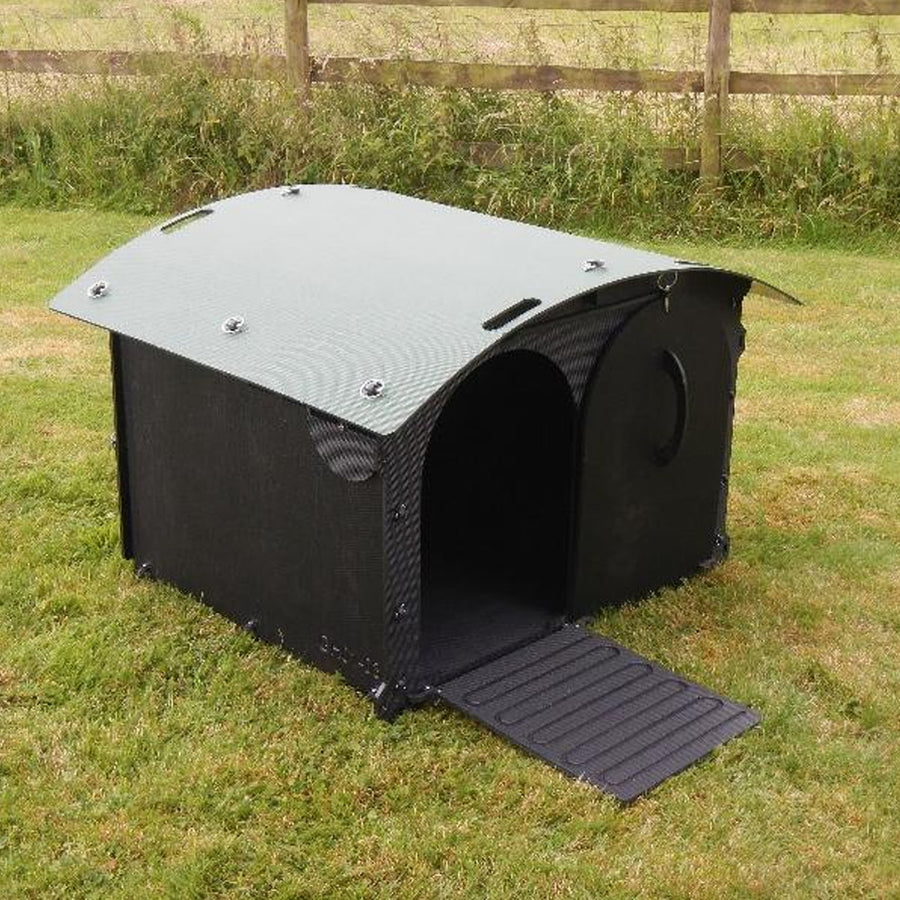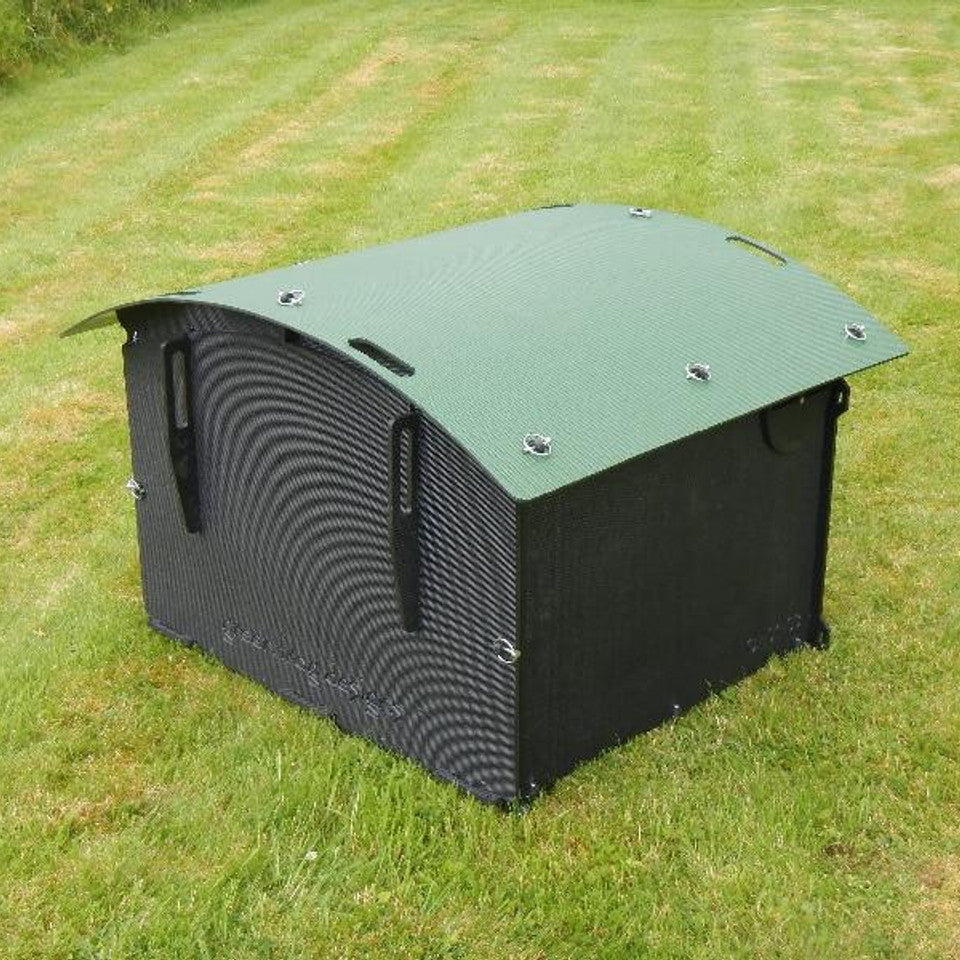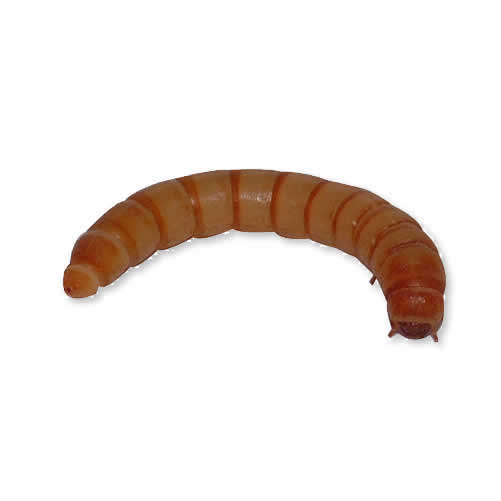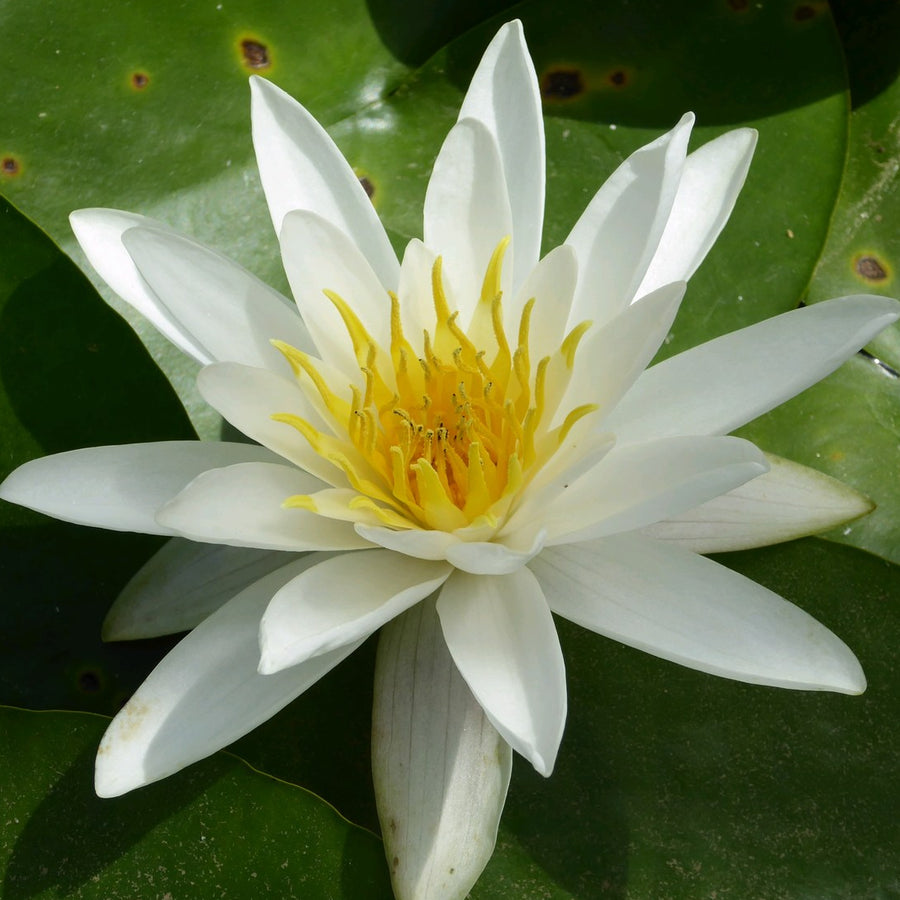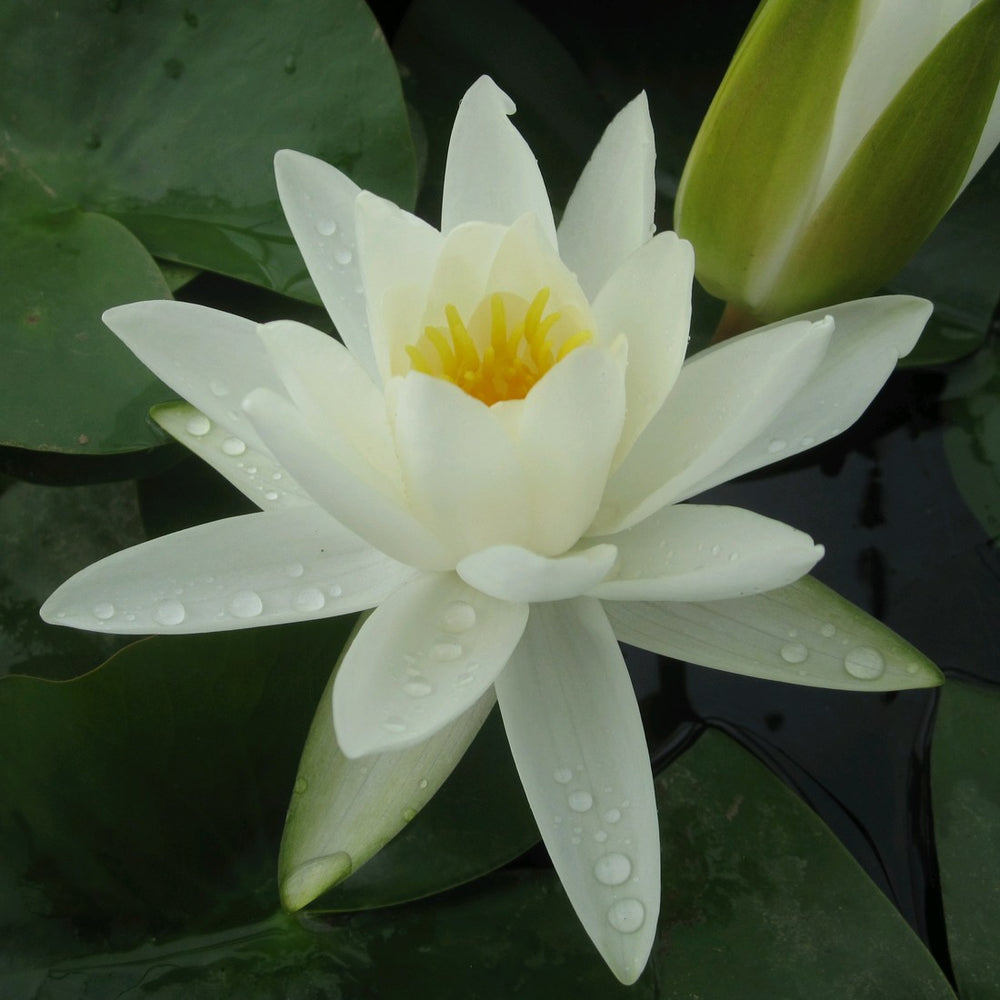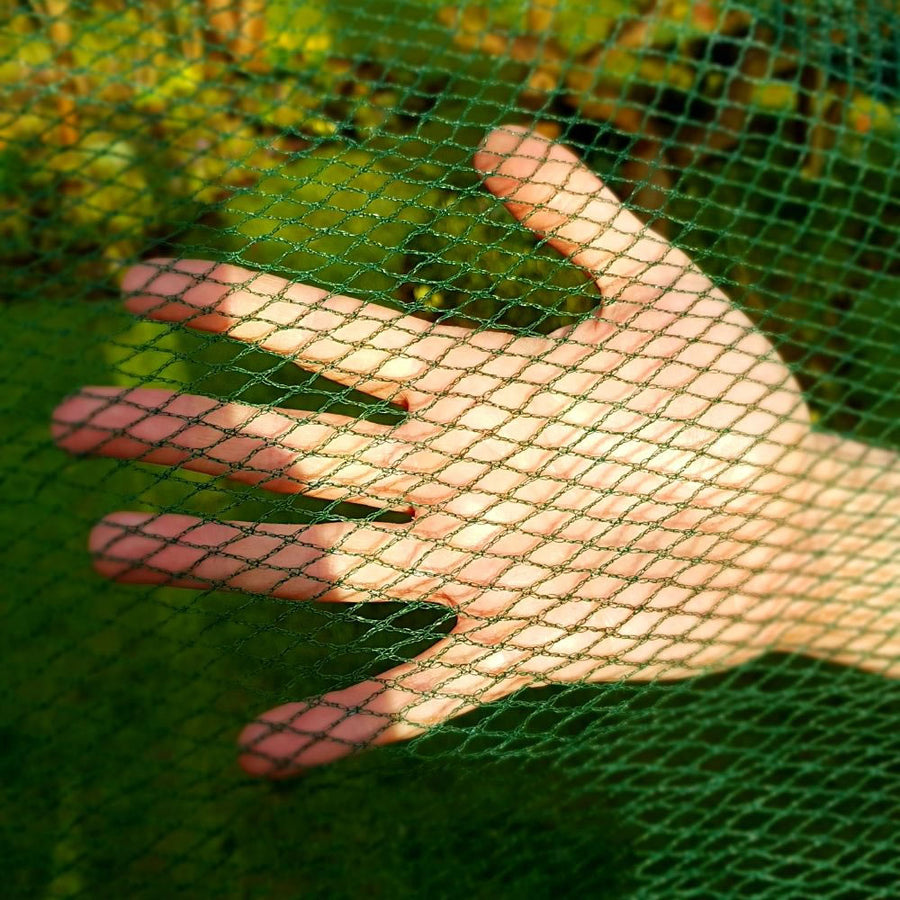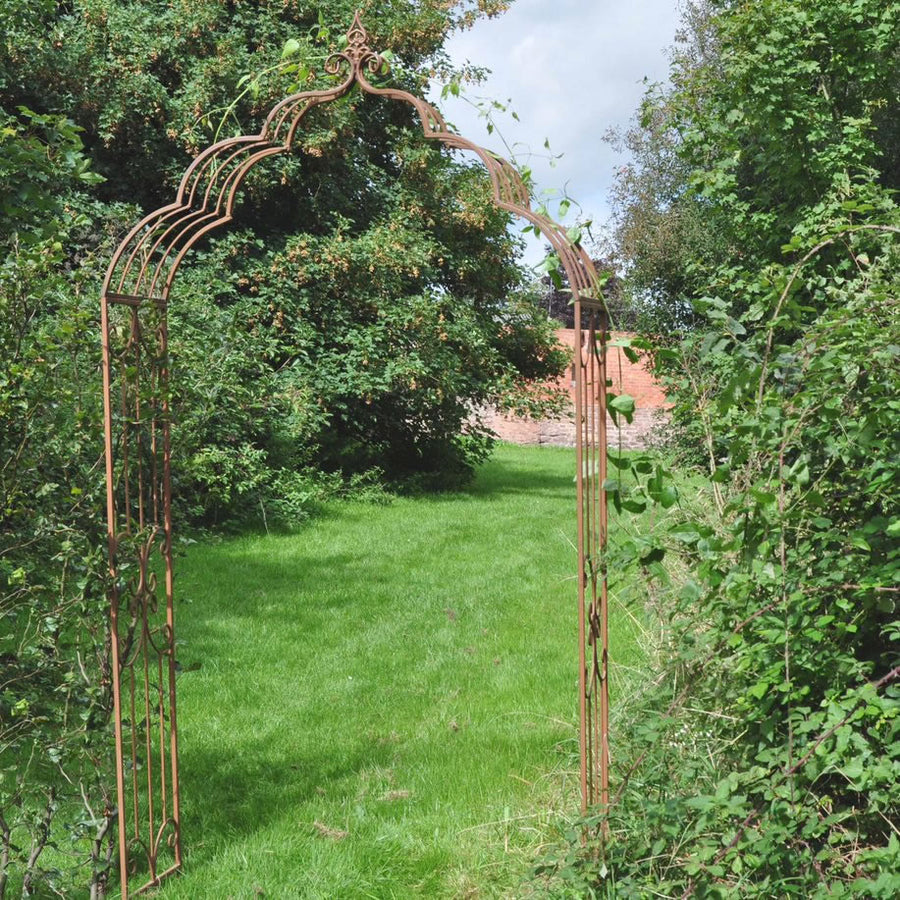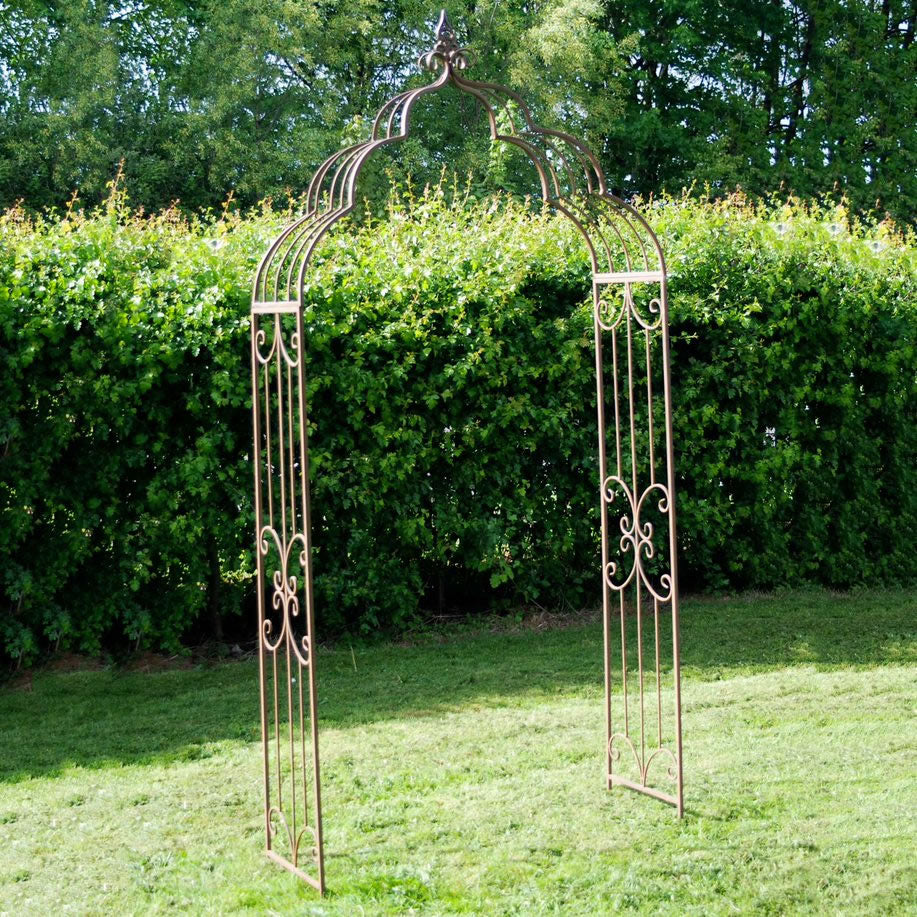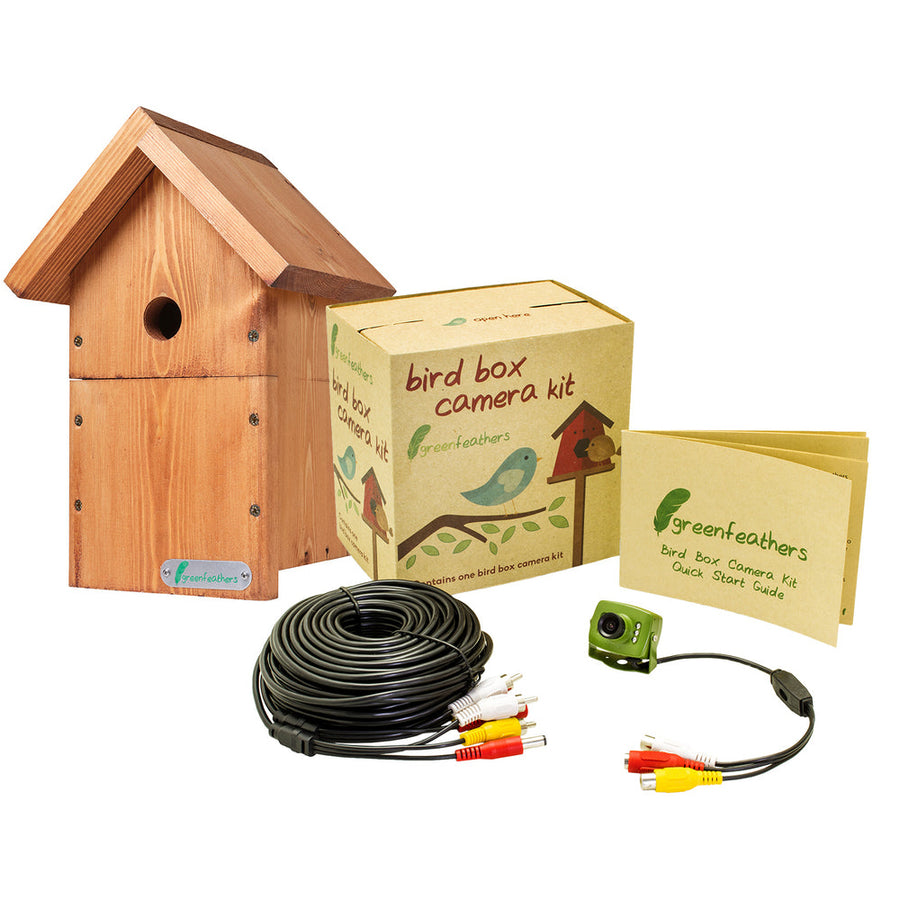What Can You Plant in August: Summer Crops and Flowers for Your Garden

What can you plant in August? Quite a lot, actually – and it’s a great time to do so! While many gardeners think the growing season is winding down, August is still brimming with potential. With warm soil and milder days, it’s perfect for sowing fast-growing veg like radishes and lettuce, popping in hardy flowers for autumn colour, or getting strawberry runners in place for next year. There’s still plenty to enjoy in the garden – and plenty to plant.
While you're at it, don't forget to enter our trowel giveaway for a chance to win a beautiful engraved Burgon & Ball garden tool.
Bulbs to Plant in August

Planting in August gives many spring-flowering bulbs a head start. The still-warm soil encourages strong root development before winter sets in, resulting in healthier plants and better blooms come spring.
Trillium Erectum, also known as Wake Robin, offers deep burgundy blooms and thrives in shady, woodland-style gardens. Plant in moist, well-drained soil to enjoy its elegant presence in early spring.
Galanthus Hippolyta is a beautiful double-flowered snowdrop variety. These early bloomers are perfect for naturalising under trees or in lawns and signal the end of winter with delicate white and green petals.
Dutch Iris 'Eye of the Tiger' provides rich, velvety tones of bronze and violet. Ideal for borders and cut flower arrangements, they bloom in late spring and add a bold splash of colour.
Iris Reticulata 'Alida' produces striking blue flowers with yellow markings. These compact bulbs are well-suited to pots, rockeries, or the front of borders and will bloom as early as February.
Iris Reticulata 'Orange Glow' brings fiery orange tones into the early garden, a rare and welcome hue in springtime! Plant in full sun with well-drained soil for the best results.
Hyacinths offer dense clusters of fragrant blooms in a range of colours. Plant them now to enjoy rich spring fragrance and bold colour in pots or borders.
Tulips can also be planted in late August in cooler regions, though many gardeners wait until September or October. Early planting helps the bulbs settle in well before winter if your soil is free-draining.
Autumn and Winter-Blooming Varieties

Even as the days shorten, the garden doesn't have to lose its colour. Planting in August can bring bursts of life right through autumn and into winter.
-
Dahlia: These late-season showstoppers come in a wide range of shapes and vivid colours. Plant Dahlia tubers in well-drained soil and a sunny spot for bold blooms that continue well into autumn. Perfect for borders or cutting gardens, they offer long-lasting interest just as summer fades.
-
Cyclamen hederifolium: Ideal for naturalising and will return year after year, they thrive in shady borders or under trees, offering delicate pink or white flowers from early autumn through winter.
-
Nerine bowdenii: Also known as Guernsey lilies, they produce striking pink flowers in autumn. These late bloomers love a sunny, sheltered spot and provide a brilliant splash of colour when most other flowers have faded.
-
Anemone De Caen ‘Mr Fokker’ brings rich violet-blue colour to the garden from late summer into autumn. These low-maintenance blooms are ideal for adding a bold splash to borders or containers and attract pollinators when many other flowers are fading.
Top Tips for Planting Ornamental Seeds
A little preparation goes a long way when it comes to sowing ornamental flowers.
-
Start with the soil: Remove weeds and stones to create a fine, crumbly seedbed. Mix in some compost to boost drainage and nutrients.
-
Sow at the right depth: As a general rule, plant seeds at a depth about twice their size. Most hardy annuals need just a light covering of soil or compost.
-
Water gently: Use a watering can with a fine rose to avoid washing seeds away. Keep the soil moist, but not soggy.
-
Give them space: Once seedlings are large enough to handle, thin them out to allow each plant room to grow and stay healthy.
-
Pick the perfect spot: Choose sunny, well-drained areas. Avoid spots that tend to hold water through the winter.
With the right care, your ornamental blooms will reward you with colour and structure for seasons to come.
What Vegetables to Sow in August

August is a productive time in the garden, offering the chance to sow crops that thrive in cooler conditions and provide fresh food well into autumn and winter.
-
Leafy greens like spinach, rocket, and mizuna love the late summer warmth but grow even better as the weather cools. Sow seeds directly into prepared beds and enjoy harvests just weeks later.
-
Swiss chard adds colourful stems to your plot and keeps cropping through winter.
-
Carrots can still be sown in early August - choose quick-growing varieties and plant in fine, stone-free soil for straight roots.
-
Radishes and turnips grow rapidly and are perfect for an early autumn crop. Winter radishes like daikon store well and can survive winter if protected.
-
Brassicas like kale, winter cabbage, and spring cabbage should go in now. They establish strong roots before the first hard freeze and offer valuable spring cropping.
-
Sow spring onions and hardy lettuces such as 'Winter Gem' for a steady supply of fresh salad leaves during the colder months.
Keep the soil moist during any dry spells, protect seedlings with fine mesh or netting, and space plants well to avoid disease. With a little planning, your August sowings will steam ahead, rewarding you with nutritious, homegrown produce long after summer ends.
Fruit and Perennials to Plant in August

With the ground still warm, August is the ideal time for getting fruit and perennial crops established before the first expected frost date.
If you’ve grown strawberries before, now’s the time to plant your own runners or introduce new varieties. Set them into raised beds or well-drained soil enriched with compost. Space each plant around 30–45cm apart, water regularly during dry weather, and remove any flowers to help them focus on root growth. This way, your late summer garden will reward you with a strong harvest next year.
You can also plant perennial favourites like rhubarb and asparagus. Rhubarb thrives in moisture-retentive soil, so split older crowns and replant healthy divisions with a visible bud. Asparagus crowns should be sown into compost-rich trenches, leaving space for each plant to grow strong before spring cropping begins in future years.
Herbs such as rosemary, sage, and thyme also benefit from being planted now. Choose sunny, well-drained spots and let their roots settle in before winter sets in.
August is also your chance to plant container-grown fruit trees like apples and pears. Firm them into place, water thoroughly, and add a stake for support if needed. With the right care, these additions will become reliable features of your garden for seasons to come.
8 Essential August Sowing Tips

1. Prep your soil
-
Add compost or well-rotted manure to replenish tired summer beds.
-
Ensure good soil moisture and test drainage - add grit if water lingers.
2. Water smartly
-
Deep watering less often builds strong roots.
-
Water early in the morning to reduce evaporation during hot weather.
-
Mulch with straw or grass clippings to retain moisture through early fall.
3. Protect young plants
-
Use fleece, cloches or cold frames to shield seedlings from the first frost.
-
Place in sheltered spots or near south-facing walls for warmth.
-
Ventilate during warm spells to avoid rot and disease.
4. Succession sowing
-
Sow seeds every 2–3 weeks to extend your autumn harvest.
-
Ideal for salads, spinach, kale, and other greens.
-
Count backwards from your first frost date to time late sowings.
5. Space wisely
-
Space plants wider than spring crops as growth slows in late summer.
-
Example spacing: lettuce: 20cm, radish: 5cm, spinach: 15cm, winter cabbage: 45cm
6. Use the right methods
-
Sow direct-sown crops like carrots and dwarf beans in open ground.
-
Use seed trays for tender plants needing more control.
-
Raised beds help extend the growing season and improve drainage.
7. Choose plants suited for late July–August sowing
-
Opt for fast-maturing vegetables for your fall crop.
-
Consider pole beans, root vegetables, and hardy salad mixes.
-
Focus on winter and spring cropping for continuous yield into colder months.
8. Track your progress
-
Keep a record of what you sow and when.
-
This helps plan future crops and improve success rates year after year.
Final Thought

August is far from the end of the gardening season; it’s when things move full steam ahead! Whether you're planting carrots, colourful blooms, or hardy greens like kale, this month lays the groundwork for a vibrant autumn and a flourishing spring. Early flowers and vegetables thrive in the lingering warmth, while perennials and fruit crops take root for future harvests.
With a little planning, your garden can keep producing beauty and bounty well into the cooler months. If you're looking for tailored advice, premium seeds, or quality supplies, get in touch with us at Garden Wildlife for all your garden needs!
Frequently Asked Questions
What vegetables can I sow in August and September?
In August, sow dwarf beans, carrots, lettuce, and other quick-growing vegetables while the soil is still warm. As temperatures drop, switch to winter lettuce, kale, and other greens that thrive in cool weather.
Which flowers are ideal to plant in August in the UK?
Hyacinths and tulips are best planted from late August as the soil begins to cool. This gives them time to establish roots before winter sets in. Come spring, they’ll bring a burst of colourful blooms to your garden.
What flower seeds are best sown in August?
August is perfect for sowing hardy annuals like calendula, cornflowers, nigella, and sweet alyssum. These flowers enjoy cool weather, germinate quickly, and many overwinter well to bloom early next year. Keep soil moisture steady as temperatures shift.
What should I plant in the garden during September?
September is the time to finish planting strawberries from runners, get garlic in the ground, and pop in winter onion sets. The soil still holds warmth, helping roots establish before winter. It’s also ideal for planting spring bulbs like tulips and daffodils.


